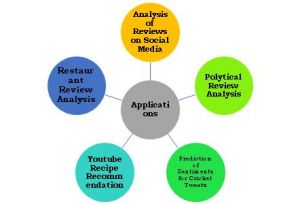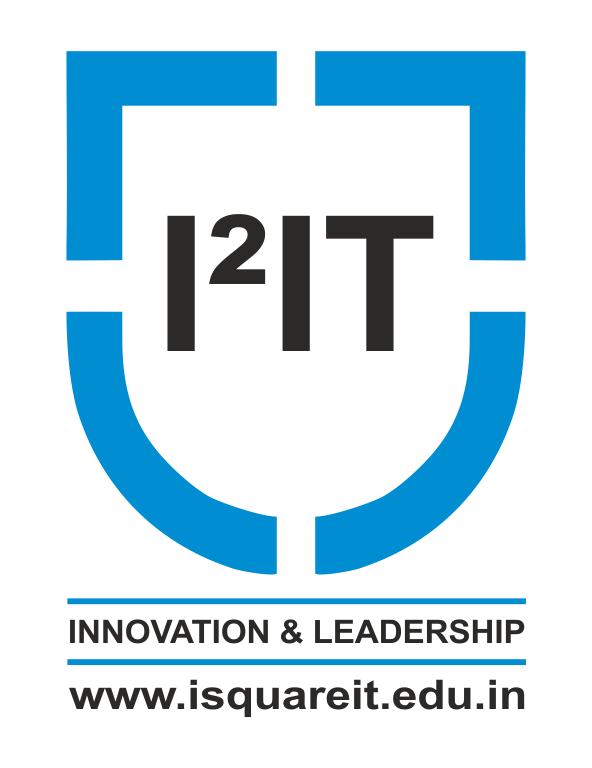 e-commerce is transforming rapidly and with many new technological advancements in the 21st century, the world is going crazy with online shopping. Customers check product availability across various e-commerce stores. Details like product specification star ratings, reviews to choose the right product, etc are all available just a click away. Similarly, vendors are vigilant of their customers’ likings.
e-commerce is transforming rapidly and with many new technological advancements in the 21st century, the world is going crazy with online shopping. Customers check product availability across various e-commerce stores. Details like product specification star ratings, reviews to choose the right product, etc are all available just a click away. Similarly, vendors are vigilant of their customers’ likings.
Though buying a product online has become easier, it is not yet possible to conduct a detailed manual analysis of all the reviews to discern feature-specific opinions. Presently, in many cases, opinion analysis is done only for the overall reviews and we cannot get the feature specific opinions of the product. So, there is a need to analyze the opinions specified for the different aspects of a product, which can be done by using an ‘Aspect Specific Opinion Analysis’. This analysis is carried out in two steps:
- Aspect Extraction
- Sentiment Classification for that Aspect
Aspect Specific Opinion Analysis is done using recent technologies such as Machine Learning and Natural Language Processing (NLP). Many a times NLP is used to extract features and a Machine Learning Algorithm is trained to predict aspect category.
Applications of aspect specific opinion analysis:

For example, let us consider Mobile Phone Reviews. Major aspect categories can be processor, RAM, battery backup, camera, picture quality, color, screen size, etc. The desired aspect is extracted from a review and then the sentiment about it is determined.
Approaches for aspect extraction:
- Frequency based approach: Frequent noun and noun-noun terms are extracted to predict the aspect. These are selected based on frequency/occurrence count.
- Syntax based approach: Candidate features to predict aspect category are selected based on POS tags or some grammatical rules which show the relationship between words in a sentence. So here we need to study different NLP rules which show relationships between words in a sentence. Then use those applicable rules to extract features to predict aspect category.
- Unsupervised approach: Clustering techniques can be used to group terms which reflect the same aspect.
- Hybrid approach: It can be a combination of many approaches such as, frequency, syntax, supervised, unsupervised.
The above listed approaches work on terms specified in the review. But the same aspect may be represented by using multiple terms. So, there is a need to think about the semantic approaches that will consider rational knowledge while predicting the aspects. One of the semantic solutions for the aspect extraction problem is ontology. The level one nodes in ontology represent aspects, and the following nodes represent opinion terms related to those aspects. As per the applications, depth of the ontology can be decided. Ontologies represent the knowledge of a domain and can be the best semantic solution.
Challenges:
The aspects to extract, may be explicit or implicit.
“The cell phone is overpriced” – The aspect, ‘price’ is specified explicitly.
“It is not affordable”- ‘Price’ is the implicit aspect that is represented by the word ‘affordable’.
The challenge is to identify the implicit aspects.
The another issue is to extract aspects from a sentence containing multiple aspects.
“It is overpriced but the picture quality is good”
In this review sentence, one aspect is, ‘price’ (explicit) and another is ‘camera quality’ (implicit).
The complexity of language and choice of words, make NLP that more challenging and exciting. Currently the areas that are open for research aspect-specific opinion mining are:
- Finding implicit aspects from reviews.
- Extract aspects from sentences containing multiple aspects.
- Semantic strategy for the aspect class prediction.
- Unbalanced data problems.
- Negation handling
The author of this article is Prof. Bhavana Kanawade with the Department of Information Technology at International Institute of Information Technology, I²IT, Pune.

